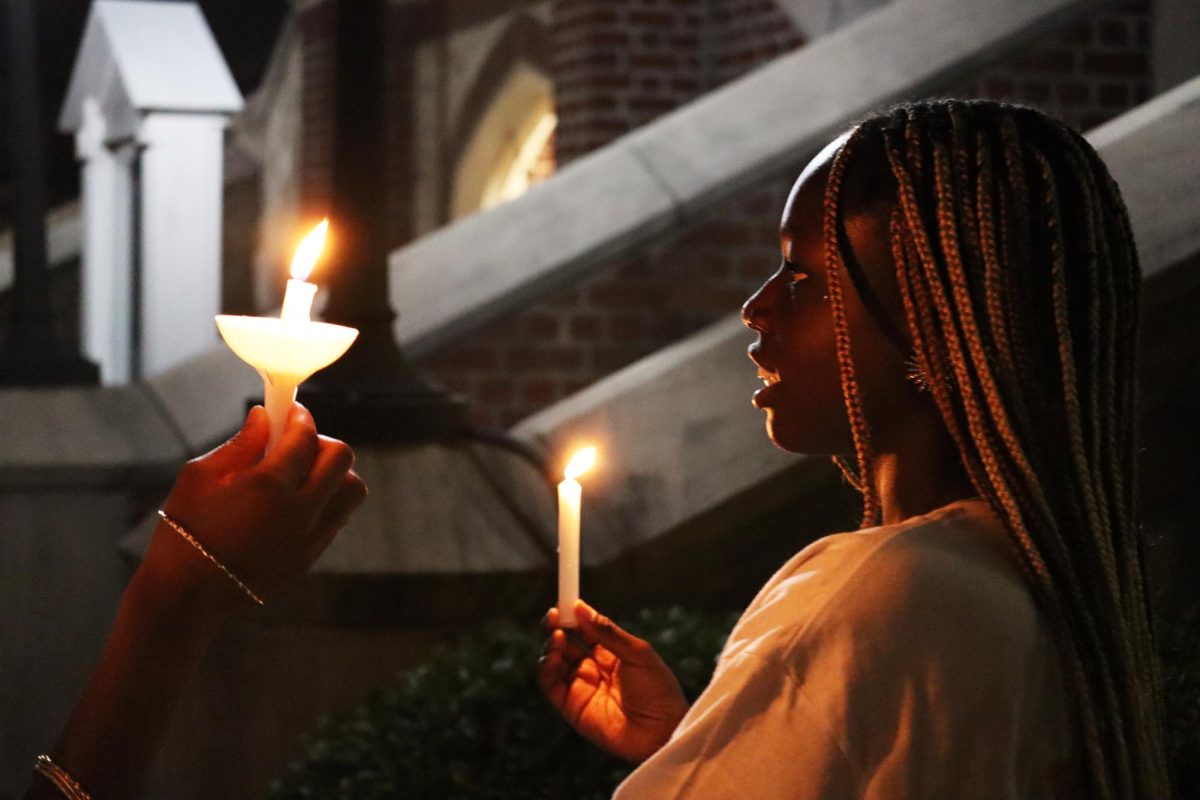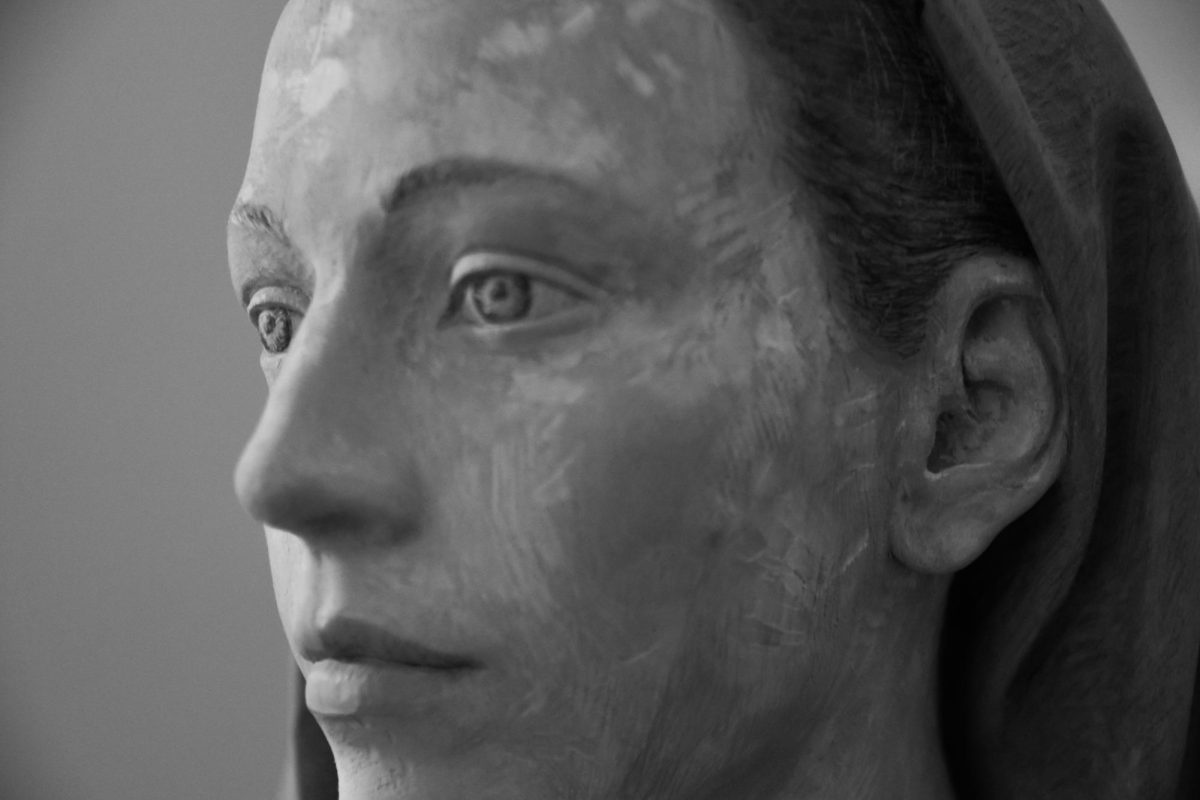It was dark in Twiropa when out of nowhere crickets started chirping.
The 70 or so folk that had wandered in perked their ears and looked toward the stage.
A mellow melody spoke up from an ax that reflected the colored lights, shining from above, and as the crickets that chirped from the synthesizers died down, the mixture of drums, guitar, bass and electronic symphony joined together to form a performance that was the essence of Earlimart.
Out and about on tour for its latest album “Treble & Tremble,” Earlimart was on its third round playing in New Orleans.
In a city that is more known for jazz and hip-hop, the five members of the band said they weren’t expecting much of a crowd.
They were shocked, however, to hear that a turnout of less than a hundred people was actually good for a Los Angeles indie rock band in this neck of the woods.
Despite the lack of listening ears, the band let the crowd into its effective intertwining and combining of instruments, both instrumental and electronic.
Aaron Espinoza, lead singer, was excited to tell about the band’s style of writing and recording.
Owning his own studio, Espinoza has the luxury of unlimited recording time, and so it has become natural for the band to write its songs in harmonic improvisation with the record button having been pushed.
Afterward, the band listens to the final product so it can recreate the results for the audience when performing live.
For the most part, only the bass, guitar, drums and vocals are done in the studio. The tracks are later electronically spliced with samples of violin and cello to give the songs a more ambient theme.
Such experimentation in music is not only reflected in the sounds of Earlimart songs but also in the arrangement of its musicians.
The stage was set with two synthesizers, two drum sets and four sets of strings – a tall order for five people to whip up, but throughout the selections, Earlimart managed to pull it off.
During the performance, there were bassists moving to keyboards, drummers sneaking rifts on the guitar and chirping crickets bridging every song.
When asked what more creative concoctions he had planned for the future of the band, Espinoza was secretive to say the least. He said the band members will use their imaginations as far as they can go.
The journey through the set consisted of songs from the new album as well as the old ones, and the audience could judge for themselves the differences in the dialects of the past and present.
Espinoza said that the newer movement had a more orchestrated undertone and involved more electronic splicing than past songs.
Earlier in the band’s career, the focus was placed on the singularity of the instruments, and the samples that were added were more of a support system rather than the major component that they’ve come to be today, sometimes taking the lead away from the live instruments.
Ambient and trippy, the overall feel of the music was passive and somewhat relaxed, to the point where even the fast-paced selections forced a placid smile.
Influenced by the Pixies and Elliot Smith, this was the sound of music one would expect to hear in the smoke-filled rooms of Biever Hall or perhaps replacing some of the memorable Radiohead songs on the “Vanilla Sky Soundtrack.”
There was, however, little to distinguish this band from the others one might hear in said scenarios, and so the only thing this band lacked was uniqueness, which its investigational engagements in the music world are leading it toward.
Colin Lacy can be reached at [email protected]







